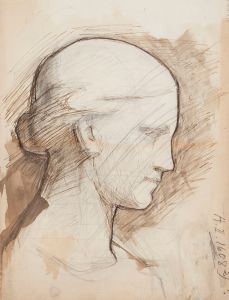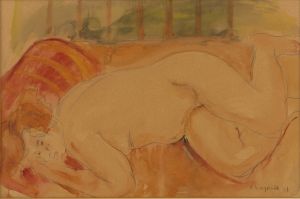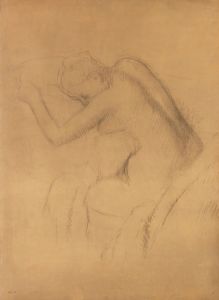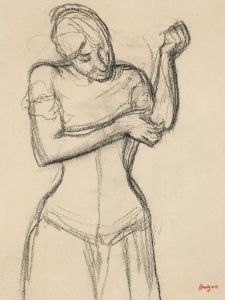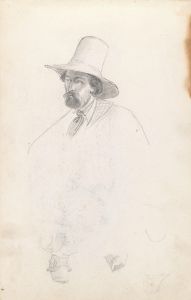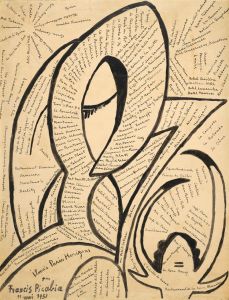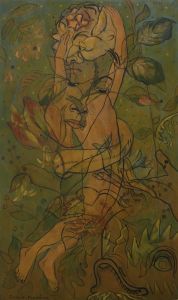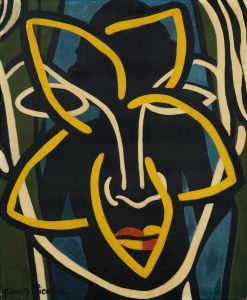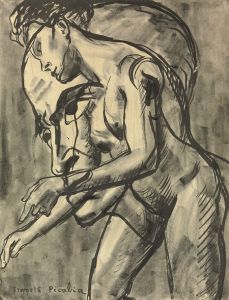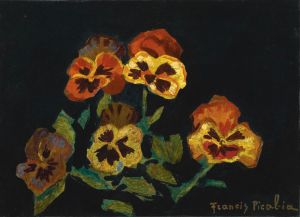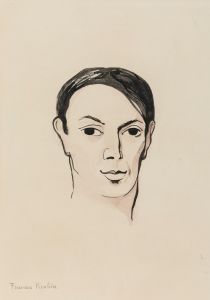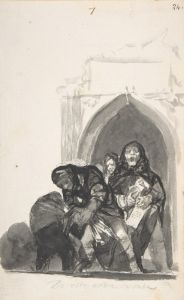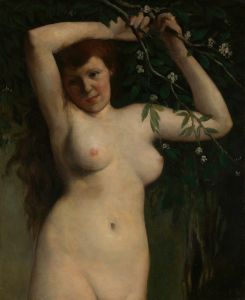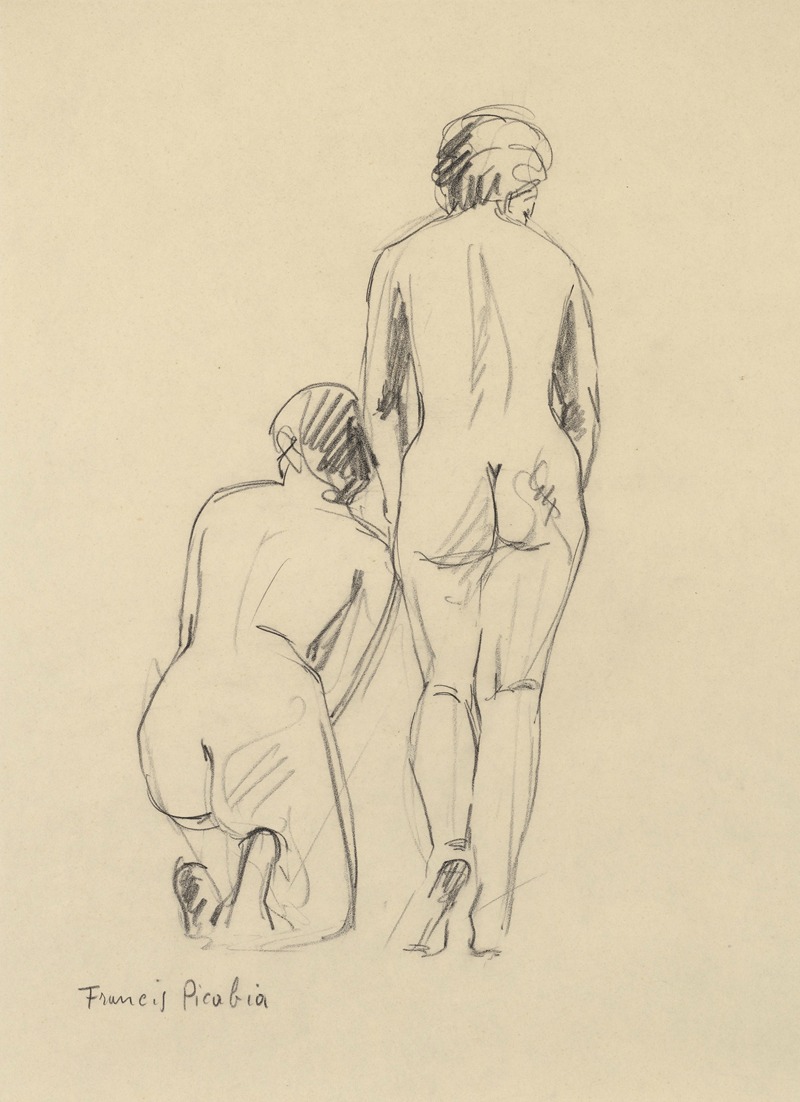
Nus de dos
A hand-painted replica of Francis Picabia’s masterpiece Nus de dos, meticulously crafted by professional artists to capture the true essence of the original. Each piece is created with museum-quality canvas and rare mineral pigments, carefully painted by experienced artists with delicate brushstrokes and rich, layered colors to perfectly recreate the texture of the original artwork. Unlike machine-printed reproductions, this hand-painted version brings the painting to life, infused with the artist’s emotions and skill in every stroke. Whether for personal collection or home decoration, it instantly elevates the artistic atmosphere of any space.
Francis Picabia's "Nus de dos" is a notable work by the avant-garde French artist, who was a pivotal figure in the development of modern art in the early 20th century. Picabia was known for his involvement in various art movements, including Impressionism, Cubism, Dada, and Surrealism, and his work often reflected a blend of these styles. "Nus de dos," which translates to "Nudes from the Back," is a painting that exemplifies Picabia's innovative approach to art and his interest in exploring the human form.
Francis Picabia was born in Paris in 1879 and began his artistic career influenced by Impressionism. However, he soon became associated with Cubism, working alongside artists like Marcel Duchamp and Guillaume Apollinaire. His work evolved significantly over the years, and he became a key figure in the Dada movement, which was characterized by its anti-establishment ethos and its embrace of absurdity and irrationality.
"Nus de dos" was created during a period when Picabia was experimenting with different styles and techniques. The painting is known for its depiction of the human figure, focusing on the back view of nude subjects. This perspective allows Picabia to explore the contours and shapes of the human body in a way that is both intimate and abstract. The use of color and form in "Nus de dos" reflects Picabia's interest in breaking away from traditional representations of the human figure, instead opting for a more modern and stylized approach.
Picabia's work often challenged conventional artistic norms, and "Nus de dos" is no exception. The painting can be seen as a commentary on the nature of representation and the role of the artist in interpreting reality. By choosing to depict the nudes from the back, Picabia invites viewers to consider the unseen and the overlooked, prompting a deeper engagement with the subject matter.
Throughout his career, Picabia was known for his ability to adapt and change his style, often moving between different artistic movements and experimenting with new ideas. This adaptability is evident in "Nus de dos," which showcases his willingness to push boundaries and explore new artistic territories. His work has been influential in the development of modern art, and his legacy continues to be celebrated in exhibitions and collections around the world.
"Nus de dos" is a testament to Picabia's innovative spirit and his contribution to the evolution of modern art. The painting remains an important piece in understanding the trajectory of Picabia's career and the broader context of early 20th-century art. As with many of Picabia's works, "Nus de dos" challenges viewers to reconsider their perceptions of art and the human form, making it a significant piece in the study of modernist art.





